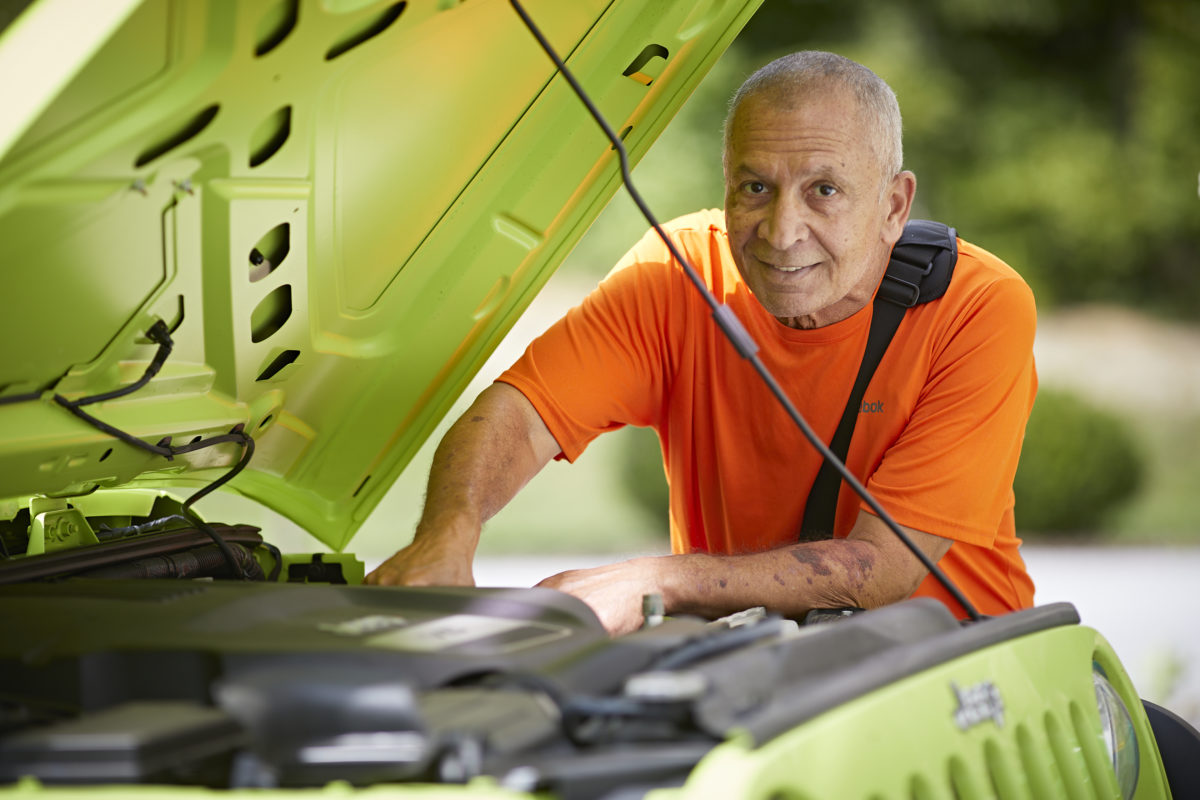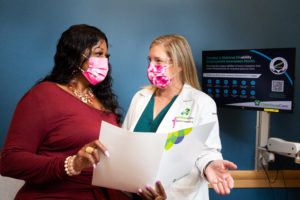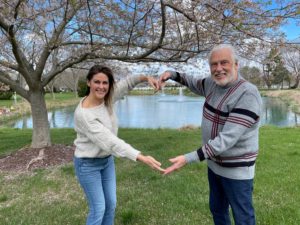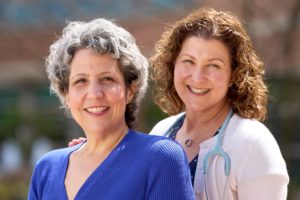Rubell Shumahine had long been concerned about his heart. His mother died of a heart attack. and he has a family history of coronary disease. Now 61, he was diagnosed with hypertension in his 40s, followed by arteriosclerosis or hardening of the arteries.
Eventually, he developed heart failure, accompanied by fluid in his lungs. Medication helped at first but became less effective over time.
“It got to the point where only half my heart was working,” he said.
His care team at Christiana Care’s Center for Heart & Vascular Health recommended a left-ventricular assist device, or LVAD. For patients who aren’t candidates for a heart transplant, the LVAD is a destination therapy, a device they will use for the rest of their lives. For Shumahine and other patients, LVAD provides a transition to transplant. This battery-powered machine is implanted during open-heart surgery and replaces the heart’s pumping action.
“The LVAD is the bridge. Hopefully, the destination is a heart transplant,” said Ray Blackwell, M.D., W. Samuel Carpenter III Distinguished Chair of Cardiovascular Surgery at Christiana Care, who implanted the device in March 2016.
Living with the device requires the commitment of the patient, as well as loved ones. Shumahine’s son Alfred, who had been living in Costa Rica, moved home to Bear to help his father.
Shumahine was ready to take on the responsibility of caring for himself. “I’m an engineer,” he said. “Changing the batteries in my LVAD is easy for me.”
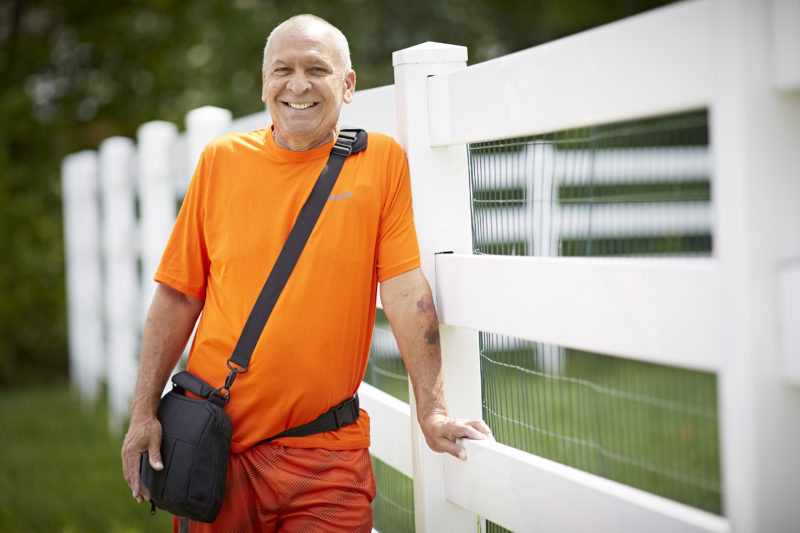
He also immersed himself in cardiac rehabilitation at Christiana Care, participating in supervised exercise sessions three times a week for three months.
“Rubell was a super star, with 100-percent compliance,” said Janice Anderson, BSN, RN, CCRP, manager of Cardiac Rehabilitation and Secondary Prevention. “His six-minute walk test improved by 20 percent. He maintained his weight and put on muscle. He did extraordinarily well at increasing his stamina.”
Before his LVAD was implanted, Shumahine could not walk to the corner. A sports enthusiast, he is now back to attending games. And he is working out himself.
“Now, I get on the treadmill and walk two or three miles a day,” he said.
During his recovery, he worked with a nutritionist to learn about maintaining a heart-healthy diet. He has embraced a low-fat, low-sodium lifestyle.
“I’ve discovered that I enjoy cooking,” he said. “I even bake.”
